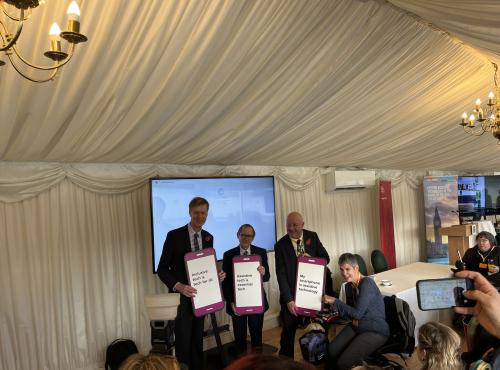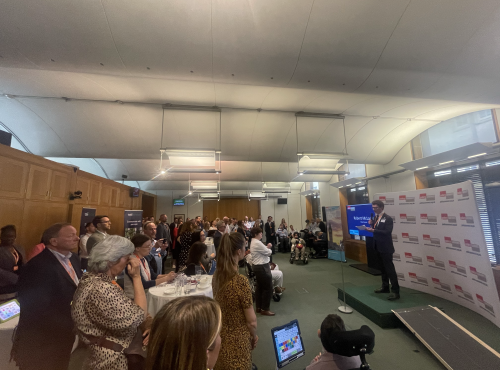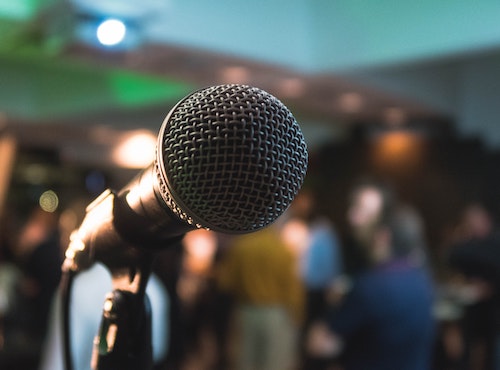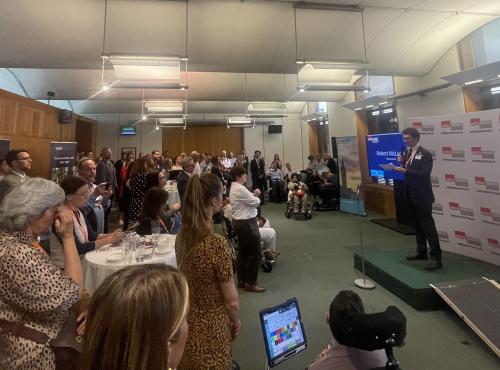This Learning Disability Awareness Week, let’s celebrate digital inclusion to enable connection and creativity
This week is Learning Disability Awareness Week, a good time to reflect on how we can shape policy with and for people with learning disabilities.
This year I have been pleased to work with the Department for Digital Culture Media and Sport (DCMS) as it has developed a new fund to enable digital inclusion for those with learning disabilities: Digital Lifeline.
Digital Lifeline is funded by DCMS and delivered by Good Things Foundation in partnership with AbilityNet and Digital Unite, and is supported by Learning Disability England, the Voluntary Organisations Disability Group, self-advocates and other disability and digital inclusion organisations. The project has distributed 5,500 tablets, with data, to adults with learning disabilities, and has worked with more than 150 grassroots community partners to ensure users receive support to use the technology in the ways that suit them.
The need for this work was made clear by self-advocacy groups and researchers: Prof. Jane Seale’s (Open University) Keeping connected and staying well reveals the experiences of disabled people who were already using technology to stay connected during the lockdown, as well as those who had faced barriers to doing so.
The research also demonstrated that providing access to tech has to go hand-in-hand with providing support for its use: the paper recommended that commissioners:
Plan how to fund, set-up and distribute technologies to those people with learning disabilities who do not have access to technologies. But don’t provide access to new technologies without also ensuring that the person with a learning disability and their in-home supporters know how to use it and can afford to use in the case of mobile phones and data.
Just a few months on from when this recommendation was made, this is exactly the approach that the Digital Lifeline fund has taken. Right from the beginning, the project defined digital inclusion and exclusion according to what the technology enabled people to do – speak with friends, attend social clubs, gain new skills, etc. – not just by what ‘kit’ they have.
I have had the pleasure of co-chairing the projects’ advisory group – which includes a wide range of expert and practitioners, including those with lived experience using tech as people with a learning disability – and the importance of human support, and especially peer support, has been a consistent focus of our discussions.
This understanding of digital inclusion, as defined by what tech makes possible, also fits with this week’s theme of art and creativity: getting to take part in and enjoy these and other valuable aspects of life, is the motivation behind the drive to digital inclusion.



